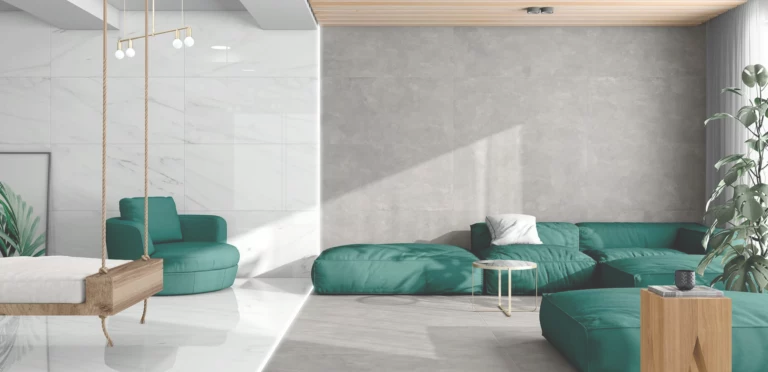This website uses cookies so that we can provide you with the best user experience possible. Cookie information is stored in your browser and performs functions such as recognising you when you return to our website and helping our team to understand which sections of the website you find most interesting and useful.

A seam is the space left between the different ceramic pieces. These seams absorb the tension on the pieces. Building floors suffer from movement and seams serve a vital purpose:
• Mechanically, they absorb the tension from the compression and traction that can occur.
• They disperse moisture vapour from the lower strata.
• They absorb dimensional deviations (length and width) in non-rectified ceramic.
An appropriate seam prevents these movements from affecting the ceramic pieces which prevents any breakage or fractures in them.
This guarantees the ceramic pieces will remain in good conditions for many years.
As ceramic tile manufacturers with more than 50 years of experience, we do not recommend installing seamless ceramic material.
Our recommendation when installing rectified ceramic is to leave seams >2 mm and for non-rectified ceramic, > 2.5 mm.
In short, as described, using and designing movement and installation seams is of vital importance if you wish to avoid defects and malfunctioning in ceramic cladding.
To continue reading
TAU brings color and texture to the installation The Light in the Darkness at Milan’s Fuorisalone
Leer
Terracotta and Soulful Design: The ceramic that inspires Casa Decor
Leer
See You in Orlando: TAU presents SENSE at Coverings
Leer

